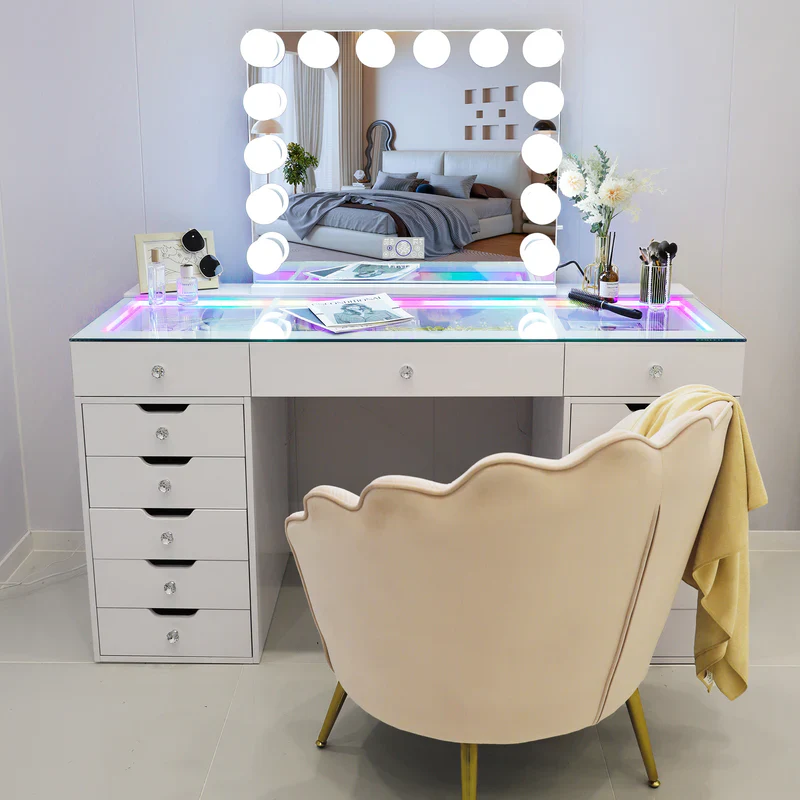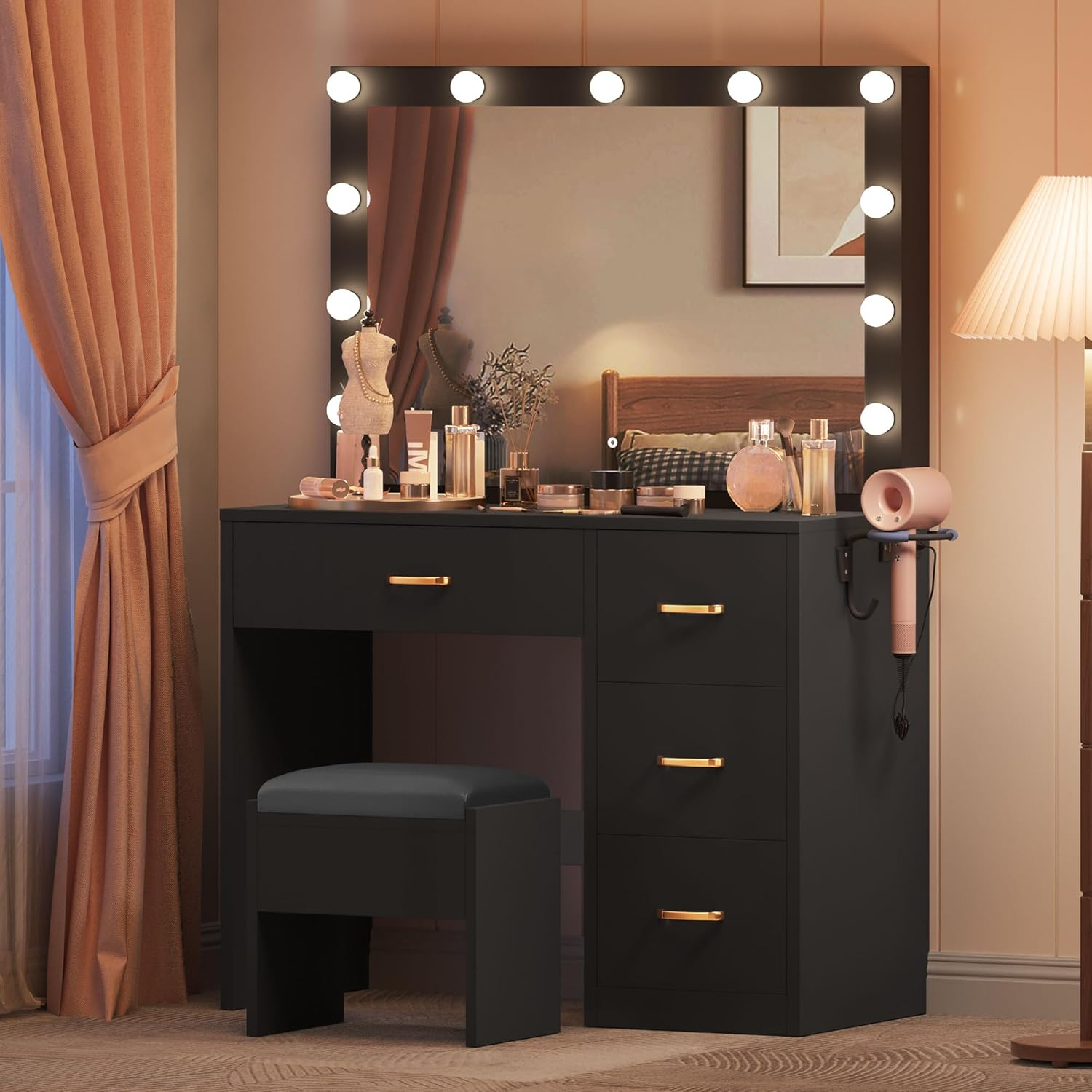Vanity, a concept that has fascinated philosophers, psychologists, and artists for centuries, is a complex human trait that encompasses a wide range of behaviours and motivations. Vanity is a complex phenomenon with both positive and negative characteristics and is frequently linked to excessive pride and self-absorption.
This article will delve into the various facets of vanity, exploring its connection to self-esteem, narcissism, and the pursuit of perfection in the modern world, while also considering the impact of social media and contemporary trends like Web3 and the metaverse on individual perceptions of self-worth.
The Nature of Vanity
At its core, vanity can be understood as an excessive preoccupation with one’s appearance, achievements, or social status. It often manifests as a strong desire for admiration and attention from others. While a healthy sense of self-worth is essential for personal growth and well-being, vanity can take a detrimental turn when it becomes all-consuming, leading to an unhealthy focus on external validation and a distorted perception of reality.
Vanity and Self-Esteem: A Complex Relationship
The relationship between vanity and self-esteem is intricate and nuanced. While low self-esteem can sometimes drive individuals to seek external validation through vanity, true self-esteem is rooted in internal values and a genuine appreciation for one’s worth. Individuals with healthy self-esteem are less likely to be overly concerned with external appearances or the opinions of others. They are more confident in their abilities and can navigate social situations with authenticity and grace.
Narcissism: The Dark Side of Vanity
Narcissism, a personality disorder characterised by an inflated sense of self-importance, a deep need for admiration, and a lack of empathy for others, represents a more extreme form of vanity. Narcissists often exhibit grandiose behaviour, exploit others for personal gain, and struggle to maintain healthy relationships. While vanity can be a contributing factor to narcissistic tendencies, it is crucial to distinguish between healthy self-confidence and the pathological self-absorption associated with narcissism.
The Pursuit of Perfection: A Modern Obsession
In today’s hyper-connected world, the pursuit of perfection has become increasingly prevalent, fuelled by the constant exposure to idealised images and unrealistic standards on social media platforms. This relentless pursuit of perfection can have a detrimental impact on mental health, leading to anxiety, depression, and body image issues. While striving for excellence is commendable, it is crucial to cultivate a healthy sense of self-acceptance and to embrace imperfections as part of the human experience.
The Impact of Social Media on Vanity
Social media platforms have undeniably amplified the impact of vanity on individuals. The curated and often filtered content shared on these platforms can create a distorted perception of reality, leading users to compare themselves unfavourably to others and strive for unattainable ideals. The constant pursuit of “likes” and followers can further exacerbate feelings of inadequacy and reinforce the belief that one’s worth is determined by external validation.
Web3 and the Metaverse: New Frontiers for Vanity?

The rise of Web3 and the metaverse presents both opportunities and challenges for individuals navigating the complexities of vanity. These emerging technologies offer new avenues for self-expression and social interaction, but they also raise concerns about the potential for further amplification of existing social pressures and the creation of new forms of digital vanity. As these technologies continue to evolve, it will be crucial to develop strategies for promoting healthy self-image and fostering genuine human connection in the digital realm.
FAQs
What is a vanity?
A bathroom vanity is a cabinet with a sink basin installed on top. It provides storage space for toiletries, towels, and other bathroom essentials. Vanities come in various sizes, styles, and materials to suit different bathroom designs and preferences.
What are the standard vanity dimensions?
The standard height for a bathroom vanity typically ranges from 32 to 36 inches (81 to 91 cm) from floor to countertop. This measurement is designed to provide a comfortable working height for most adults. However, comfort-height vanities, also known as ADA-compliant vanities, can range from 36 to 42 inches (91 to 107 cm) to better suit people with mobility limitations or those who prefer a taller profile.
What are the different types of vanities?
There are two main types of vanities:
Floor-mounted vanities: These vanities are supported by the floor, offering stability and ample storage space with cabinets and drawers. They’re generally easier to install as they don’t require additional wall support.
Wall-mounted vanities: These vanities are suspended from the wall, creating a sleeker, more modern look. While they might offer less storage space than floor-mounted vanities, they can make small bathrooms appear larger.
What factors should I consider when choosing a vanity?
Here are some key factors to consider when choosing a vanity:
Bathroom size: Consider the size of your bathroom to determine the appropriate vanity size. A large vanity might overwhelm a small bathroom, while a small vanity might not provide enough storage in a spacious bathroom.
Storage needs: Think about how much storage space you need for toiletries, towels, and other bathroom essentials.
Style: Vanities come in various styles, from traditional to modern and contemporary. Choose a style that complements your overall bathroom design.
Material: Vanities are typically made from wood, laminate, stone, or a combination of materials. Consider the durability, moisture resistance, and maintenance requirements of each material.
Sink type: The type of sink you choose will depend on your preferences and the available space. Popular options include single-basin sinks, double-basin sinks, and vessel sinks.
What are the latest trends in vanities?
Here are some of the latest trends in bathroom vanities:
Floating vanities: These wall-mounted vanities create a light and airy feel in the bathroom, making them perfect for small spaces.
Bold colours and finishes: From dramatic blacks to jewel tones, vanities are moving beyond traditional white and beige finishes.
Smart vanities: These high-tech vanities integrate features like LED lighting, touchless controls, and built-in mirrors with defogging capabilities.
Sustainable materials: Eco-conscious homeowners are increasingly opting for vanities made from recycled materials or sustainably sourced wood.
Final Thoughts
Vanity is a multifaceted human trait with both positive and negative implications. While a healthy sense of self-worth is essential for personal growth and well-being, excessive preoccupation with external validation and the pursuit of unattainable ideals can have detrimental consequences for mental and emotional health. By cultivating self-awareness, fostering genuine human connection, and embracing authenticity, individuals can navigate the complexities of vanity and cultivate a more fulfilling and meaningful life.
To read more, Click here

Leave a Reply